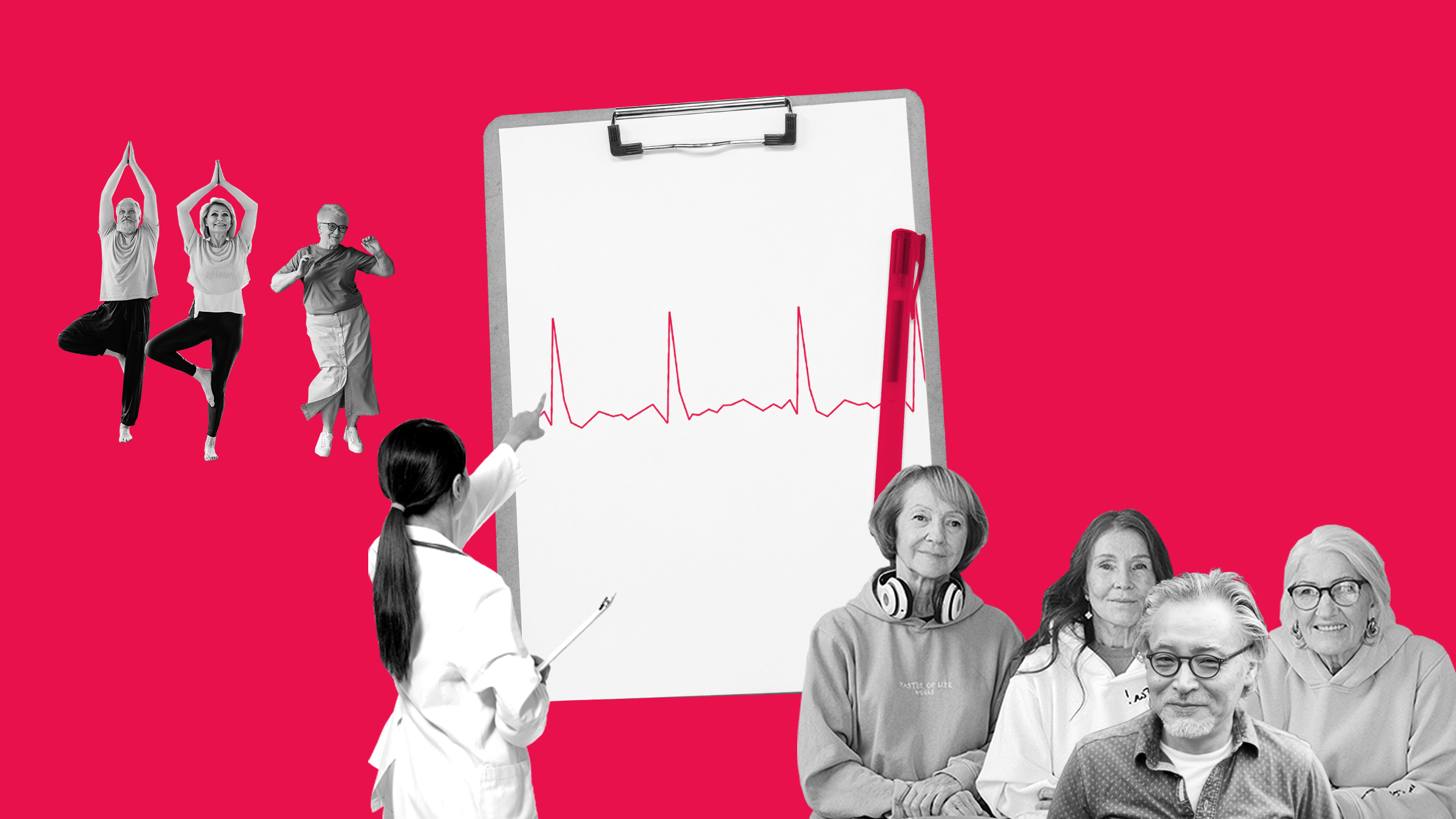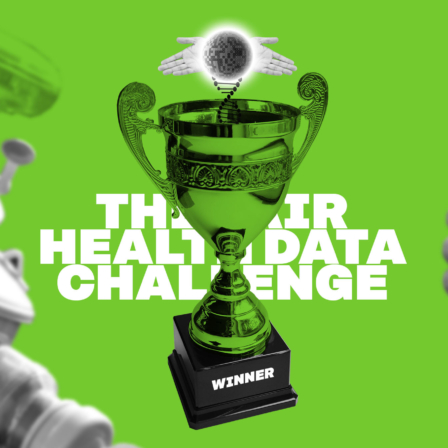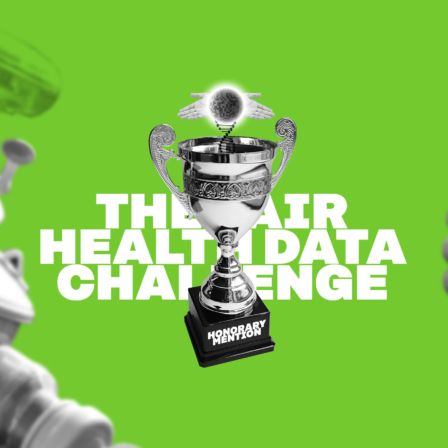The network model familiar to other fields has been applied to the treatment of cardiac patients in the Tampere region and the operations of the Tesoma well-being centre. The goal is to streamline the patient’s journey along the treatment path and make good use of different kinds of expertise.
A well-being centre (social welfare and healthcare centre) run jointly by the City of Tampere, a private healthcare company and a cardiac association has operated in Tesoma, Tampere, since 2018. In addition, a smooth treatment path model has been created for cardiac patients, with its deployment in daily operations starting this year.
“The experiences gained in Tampere are promising and show that contract-based co-operation works and yields results for both the patient and the city,” says Kimmo Haahkola, Leading Specialist at Sitra. “The model is also highly suitable for the execution of the health and social services reform where expertise from many organisations is needed.”
The contract-based network model is suitable for co-operation that requires multi-agency expertise and especially for complex treatment paths. From the parties involved, the network model requires seamless co-operation, jointly agreed goals and transparent operations in the best interests of the patient.
The contributions of the public and private sectors can be complemented with those of NGOs that form part of the network co-operation as service providers or partners designated by the service organiser. For example, a cardiac association may participate in developing structures that promote health and ensure the quality of care. The quality of the care of cardiac patients in specialist healthcare is excellent in Finland, but the care relationship too often breaks down after patients are discharged from hospital. The association’s services can be integrated as a seamless element of the service path and can continue after discharge, too.
Network models were tested as part of a Sitra project, participated in by a wide range of experts from the City of Tampere, Pirkanmaa Hospital District, Tays Sydänkeskus Oy, Mehiläinen Oy, Hämeenmaan Sydänpiiri ry and the Finnish Heart Association.
The experiences of the Tesoma well-being centre’s operations for almost three years have been included in a revised second edition of the Better services with network models report (available only in Finnish: Parempia palveluita verkostomalleilla, Sitra report 143, the report includes a summary in English). The new version also features a description of the association’s role, services and guidance on the treatment path.
The project was carried out as part of Sitra’s Capacity for renewal theme, which will soon come to an end but which has set the goal of developing tools and operating models for the management of the social welfare and healthcare service network.

















Recommended
Have some more.